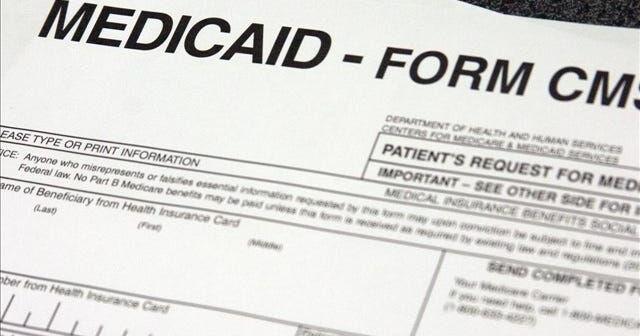Unlock health benefits: Essential hip flexor stretches guide

The Importance of Hip Flexor Muscles and How to Maintain Their Health
Your hip flexor muscles contribute to your ability to run, jump and maintain a good posture. If you’ve experienced muscle pain and immobility, it’s likely related to issues in this group of muscles. Fortunately, a regular regimen of strength and toning exercises, along with proven stretching techniques, can help avoid most of these problems.
The Importance of Stretching Your Hip Flexors
As Loren Fishman, MD, a professor of physical medicine and rehabilitation at Columbia University recommends, “Stretching your hip flexors can prevent and relieve muscle pain“, but it’s crucial to use proper form, or you could cause more harm than good.
Understanding Your Hip Flexors
The hip flexor muscle group comprises five muscles located in the front part of your thigh and pelvic area. These muscles assist with hip and leg movements and play a critical role in core strength and hip stability. Trevor Delaney, PT, DPT, a certified primary spine practitioner and a physical therapy program director at the University of Pittsburgh Medical Center, further explains.
The Role of Each Hip Flexor Muscle
These five muscles – the iliacus, pectineus, psoas, rectus femoris and sartorius – each play different roles involving strength, balance and movement. Without these hip flexor muscles, actions such as lifting your knees towards your chest, bending your body forward at your hips, or walking would be impossible. Wanda Evans, PT, DPT, a senior specialist at the American Physical Therapy Association, reminds us that “you use these muscles every time you walk.”
The Benefits of Stretching Your Hip Flexors
Avoiding a sedentary lifestyle and performing strength training exercises such as leg raises, squats, lunges or deadlifts can improve the health of your hip flexor muscles. It’s also essential to avoid uncontrolled movements or activities that could strain or tear your hip flexors, such as kicking, sprinting or quickly changing direction while running, as recommended by Mount Sinai.
The Risks of Hip Flexor Strain and Tightness
Strained or tight hip flexors can lead to complications like “poor posture leading to low back pain or neck pain,” as Delaney warns. There’s also the potential for hip issues such as “hip impingement, hip flexor tendonitis, or degenerative changes in the hip joint.”
How to Stretch Your Hip Flexors Properly
Proper stretches can help prevent muscle injuries and tight hip flexors. Understanding how to stretch these muscles correctly can ward off associated conditions and improve mobility and functionality. Ensuring that the muscles are stretched properly can help increase their length, loosen the joints, and enhance the range of motion, as advised by Evans.
Effective Stretches for Hip Flexors
There are several stretches known to target and benefit hip flexors. Some highly recommended ones by experts include:
Remember that while performing these hip flexor stretches, it’s important to maintain a comfortable stretch without forcing any motion. Additionally, Fishman suggests that certain yoga poses such as the bridge pose or camel pose can also be effective at stretching these muscles. He cautions, however, against arching your back and instead recommends using your gluteal muscles and hamstrings.
Lastly, it’s important to remember that different ages and body types have varying ranges of motion and flexibility, so some hip flexor stretches may need to be customized on a case-by-case basis. If you experience any discomfort or swelling in these muscles before stretching, consult with a physical therapist to discuss an individualized program to stretch these muscles, advises Evans.
—
Read More Health & Wellness News; US Lifestyle News



Leave a Comment